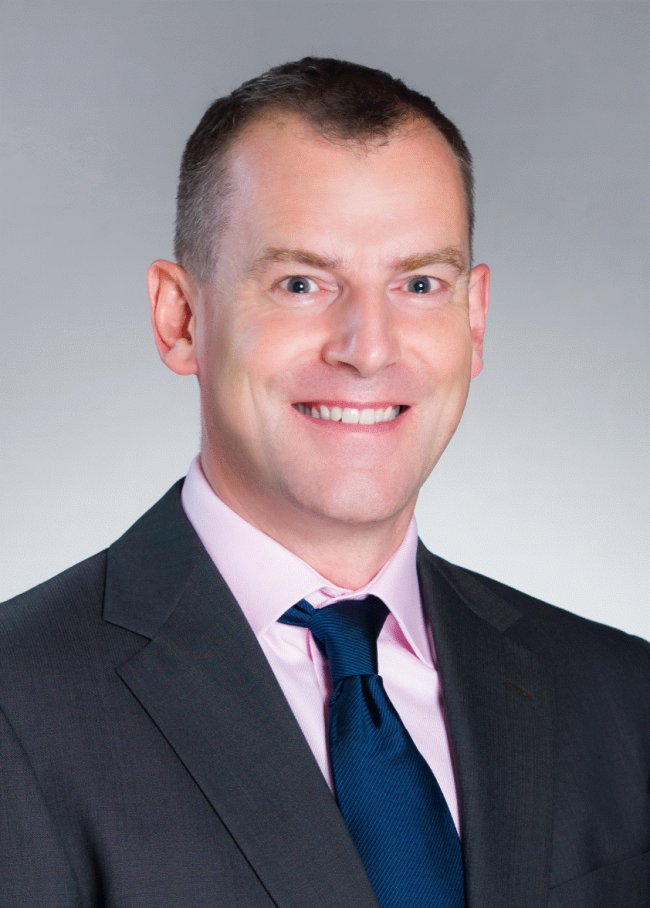A refreshing change has set in on the retail streetscape of South Korean cities that sets them apart from the shopping center-dominated streets of China.
In 2014, Seoul, one of the top 10 biggest metropolitan cities in the world, seems finally to have put the financial crisis behind it and there are signs of development activity once more. In contrast to the huge volumes of new supply we see in China, the Seoul retail property scene looks remarkably healthy.
There is a vibrant cafe and restaurant market where restaurateurs struggle to find space to support expansion. There are a limited number of shopping centers and department stores, and most perform well, with a number of these exceeding $1 billion in annual sales. Developers invest time in repositioning existing assets, converting office space to retail to feed rising demand.
Seoul continues to attract huge volumes of Chinese tourists, providing a welcome boost to the retail economy. They are interested in modern Korean culture ― what is called “K-pop” culture ― the quirky inexpensive designer brands of the Dongdaemun area, a fashion district in Seoul, and high-quality cosmetic surgery.
High streets in lower-tier cities in Korea like Busan and Ulsan are also developing as a new wave of international retailers are also starting to look beyond Seoul.
Second-tier cities are also important markets for Korea’s major homespun fast fashion brands, including 8ight seconds seconds and Top 10. These brands’ attractive pricing and strong merchandising make them look like viable international players.
Busan, the nation’s second-biggest city, boasts vibrant high streets. A 45-minute flight south of Seoul, Busan is a rather more relaxed seaside town. Its key city center districts ― the Seomyeon and Gwangbok-dong areas ― are increasingly attracting the attention of international retailers. Nike, Adidas and Uniqlo are well established in these regions, while Zara and H&M are also present.
Korea’s retail giant Shinsegae is a strong presence in Busan. The Shinsegae department store, located within the multipurpose shopping center named Centum City in the Haeundae area, is billed as the world’s largest, and ranks in Korea’s top five department stores for sales turnover.
An exciting hybrid between shopping center and traditional department store, Centum City provides ground floor luxury players the space to show their brands at their best. On higher levels a rooftop dinosaur garden caters for kids, while adults can use the driving range, where Busan’s keen golfers often hit the 250-meter mark.
Shinsegae Academy has ongoing belly dancing and academic courses. The second phase of this mega retail development will offer Kidzania and a new range of fashion and food choices.
Ulsan, just an hour’s drive from Busan, is deeper into tier two Korea. Ulsan, where production lines of the nation’s leading industrial conglomerates, including Hyundai Motor, Hyundai Heavy Industries and SK Energy, is the richest city in Korea, staying ahead of Seoul in terms of personal income.
A short walk away lies UP Square, Ulsan’s first shopping center development. UP Square opened last year and has been a success, with foreign brands including Uniqlo and H&M, and homegrown brands Mixxo, Parsons, RHP and Roem. UP Square is relatively small at 25,000 square meters, but it has some excellent features such as an 11 screen multiplex by CJ Group, a Korean food and entertainment giant. Offering great design and creative concepts, CJ is another retailer with significant international ambition and is already in China and the U.S.
While in their initial moves toward Asia, international retailers are often focused on the scale offered by China or the maturity of Japan, Hong Kong and Singapore, Korea can sometimes be considered a lower priority.
However, Korea offers an interesting mix of maturity together with a certain scale. While international retailers should not ignore Korea, we should also soon expect to see more Korean brands on the global retail scene. With high levels of creativity and retail know-how in evidence among local brands, some of them will have what it takes to succeed.
 |
James Hawkey |
By James Hawkey
Managing director of Cushman & Wakefield








